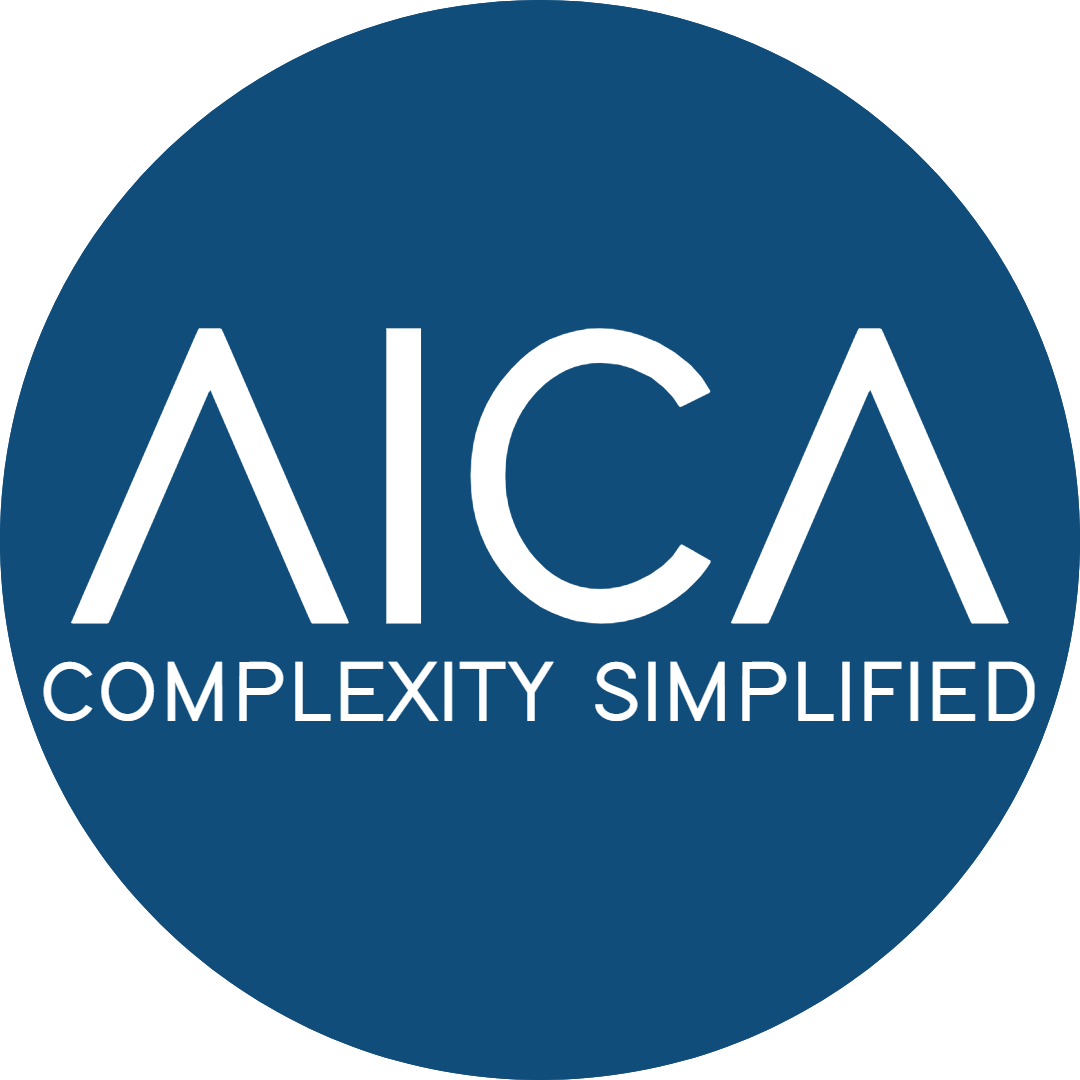In asset-heavy industries like mining, oil and gas, utilities, and manufacturing, procurement teams often focus on physical goods such as spare parts, equipment, and raw materials. Yet services, maintenance, transport, training, and site support regularly account for 30–50% of total spend. Despite their importance, service data is often poorly structured, hidden behind vague descriptions such as “consulting” or “repair job.”
Without clarity, organisations struggle to answer three simple but critical questions: What services are we buying? How much are we spending? Which suppliers are we using?
This is where the United Nations Standard Products and Services Code (UNSPSC) provides real value. By classifying services into a standard taxonomy, organisations can turn unstructured entries into clear, actionable data. The result is better visibility, stronger supplier negotiations, measurable cost savings, and improved ROI.
Why Classifying Services Matters for Industrial Procurement
Poorly classified service data limits procurement efficiency and decision-making. For example, multiple contracts for “site transport” may be hidden under different names across departments, making duplication impossible to spot. Similarly, safety-critical services like confined space training may be buried in generic “training” categories, preventing proper compliance tracking.
By applying UNSPSC to service records, organisations can:
- Consolidate contracts for stronger supplier management
- Accurately track spend across categories, sites, and business units
- Highlight compliance gaps in safety and regulatory services
- Enable data-driven sourcing strategies
This turns services from an opaque cost centre into a strategic category of spend management.
Beyond MRO: Why Service Classification Matters in Every Industry
While MRO-heavy industries face some of the biggest challenges, service classification delivers value across every sector.
- Retail and Consumer Goods: Classify marketing, logistics, and merchandising services to control budgets and optimise supplier performance.
- Healthcare: Track outsourced cleaning, catering, and specialist medical services for compliance and cost control.
- Financial Services: Standardise IT support, consulting, and training contracts across global offices.
- Public Sector: Apply UNSPSC to government service contracts to improve transparency, governance, and vendor diversity reporting.
No matter the industry, classifying services unlocks transparency, reduces risk, and improves return on investment.
Examples of Services That Benefit from UNSPSC Classification
Maintenance and Repair Services
Examples: Pump overhauls, boiler inspections, emergency repairs
- UNSPSC mapping consolidates maintenance activities into clear categories.
- Enables lifecycle cost tracking and contract optimisation.
Engineering and Technical Services
Examples: Geotechnical surveys, process engineering, electrical design
- Classification ensures comparability across suppliers and projects.
- Supports rate benchmarking and more competitive sourcing.
Transport and Logistics
Examples: Diesel haulage, site shuttle buses, offshore helicopter transport
- Standardisation exposes duplication and hidden costs.
- Provides clarity across different departments and sites.
Facilities and Site Support Services
Examples: Industrial cleaning, catering, security services
- UNSPSC coding allows procurement to consolidate contracts.
- Unlocks economies of scale and improved supplier management.
Training and Professional Development
Examples: Confined space safety training, first aid courses, SAP software training
- Classification highlights training spend across the organisation.
- Supports bulk negotiations and compliance reporting.
Benefits of UNSPSC Service Classification
- Spend Visibility – Standard codes allow procurement to track every dollar across categories.
- Supplier Consolidation – Duplicate or overlapping contracts can be identified and merged.
- Risk and Compliance Management – Safety-critical services are properly categorised and auditable.
- Cost Optimisation – Even small percentage savings on services equate to millions in large organisations.
- Digital Transformation Enablement – Structured data fuels ERP, AI, and analytics tools for smarter decision-making.
AICA’s Role in Service Data Classification
At AICA, we help organisations cleanse, enrich, and classify both products and services using our Agentic AI platform. With over 90% accuracy and transparent confidence scoring, we deliver classification that is:
- Quicker – Millions of records classified in weeks, not months.
- More Accurate – Trained on industrial and MRO data for domain relevance.
- Cost-Effective – Automation reduces reliance on heavy manual processes.
By working with AICA, organisations gain:
- Full visibility of service spend
- Stronger supplier negotiations and reduced duplication
- Improved compliance and risk management
- Measurable ROI within 6–12 months
Conclusion
UNSPSC service classification is no longer optional; it’s a prerequisite for procurement efficiency, cost savings, and compliance in modern enterprises. By standardising service data, companies gain transparency, control, and a competitive advantage.
With AICA’s combination of AI-driven automation and expert oversight, organisations can finally turn unstructured service data into a reliable, strategic asset.
Visit our website today to learn how AICA can help you unlock ROI through UNSPSC service classification.
Copyright Reserved © AICA Data International Ltd 2025

